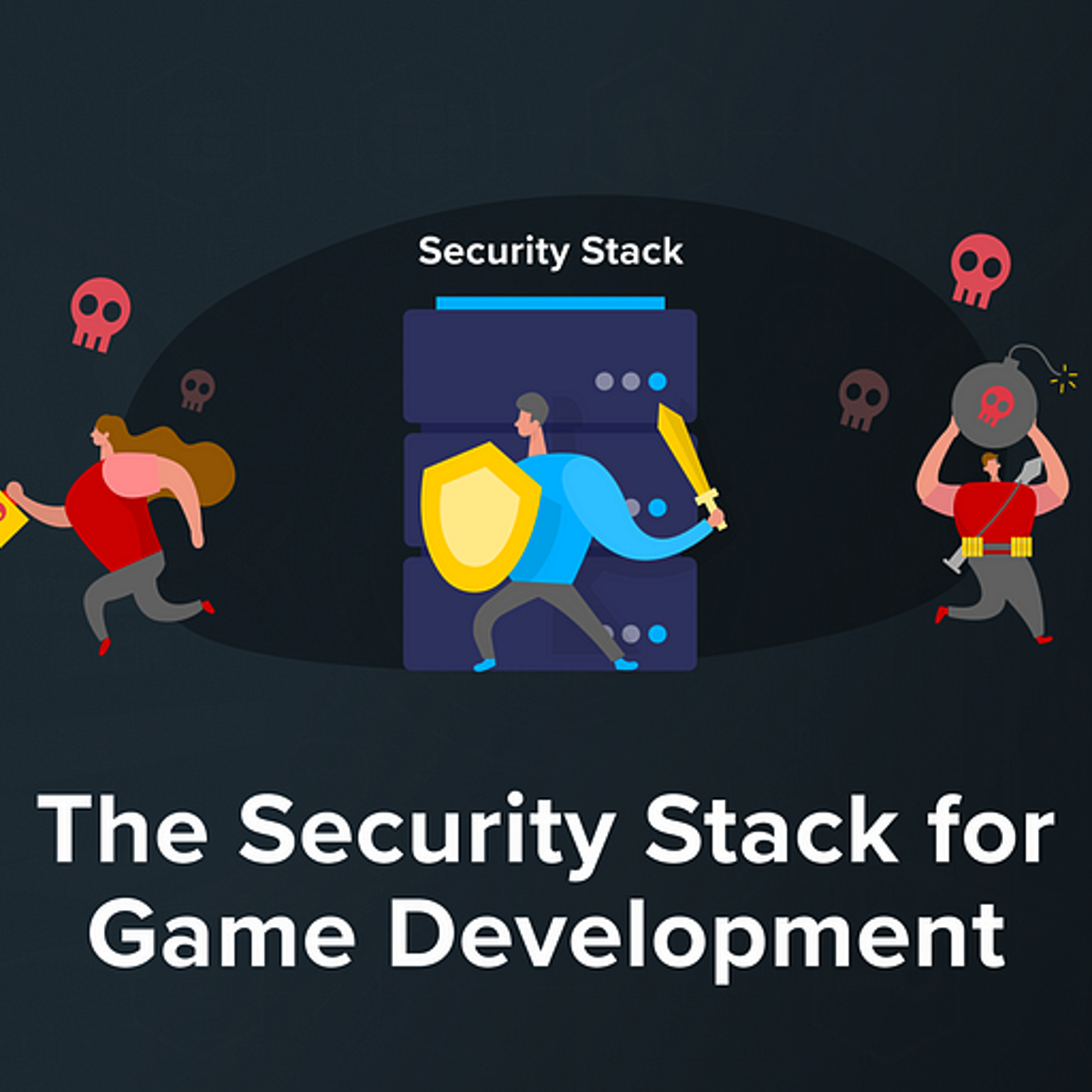Privacy Pools Solutions in Any Game Platforms

Ensuring smooth gameplay and consistent performance across various devices and operating systems is crucial for the success of cross-platform games. Here are some essential tips and techniques to optimize your game's performance:
1. Privacy-Focused Data Management
Protecting user data is critical when designing modern game environments:
- Implement client-side encryption for sensitive player information before transmission.
- Store session data using ephemeral identifiers instead of persistent user IDs.
- Leverage privacy-preserving analytics to gather insights without compromising identity.
2. Secure Architecture & Access Control
Integrating privacy into the game’s backend and logic layers strengthens trust and compliance:
- Use zero-knowledge authentication flows to verify users without revealing credentials.
- Design smart authorization layers to isolate permissions and protect player state.
- Adopt decentralized identity models to give players ownership over their accounts.
3. Graphics Optimization
Balancing visual quality and performance is crucial for cross-platform games:
- Implement level-of-detail (LOD) systems to reduce polygon count for distant objects.
- Use efficient shaders that can scale across different GPU capabilities.
- Implement dynamic resolution scaling to maintain frame rates on less powerful devices.

4. Network Optimization
For multiplayer games, network optimization is critical:
- Implement efficient data serialization to reduce bandwidth usage.
- Use prediction and interpolation techniques to smooth out network latency.
- Optimize server architecture to handle cross-platform play efficiently.
5. Platform-Specific Considerations
While aiming for consistency, it's important to consider platform-specific optimizations:
- Optimize touch controls for mobile devices and traditional input methods for consoles and PC.
- Adjust UI scaling and layout for different screen sizes and aspect ratios.
- Implement platform-specific features (e.g., haptic feedback on consoles) when appropriate.
6. Testing and Profiling
Thorough testing is essential for ensuring consistent performance:
- Use profiling tools to identify performance bottlenecks on each platform.
- Conduct extensive cross-platform testing to ensure consistent gameplay experience.
- Implement analytics to gather real-world performance data and iterate on optimizations.
By implementing these optimization techniques, game developers can create cross-platform games that deliver smooth, consistent performance across a wide range of devices and operating systems. Remember that optimization is an ongoing process, and it's important to continually monitor and improve your game's performance as new devices and platforms emerge.